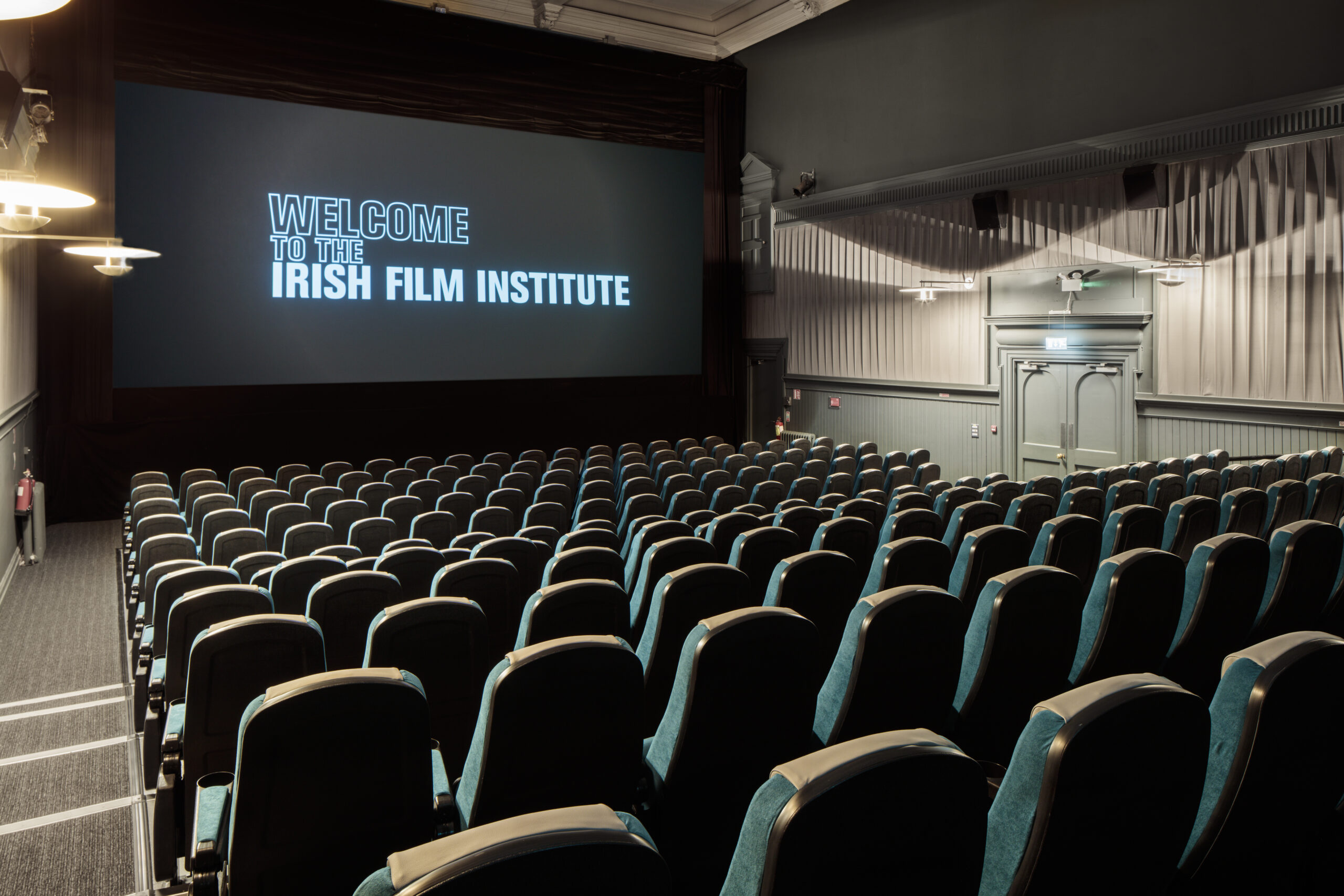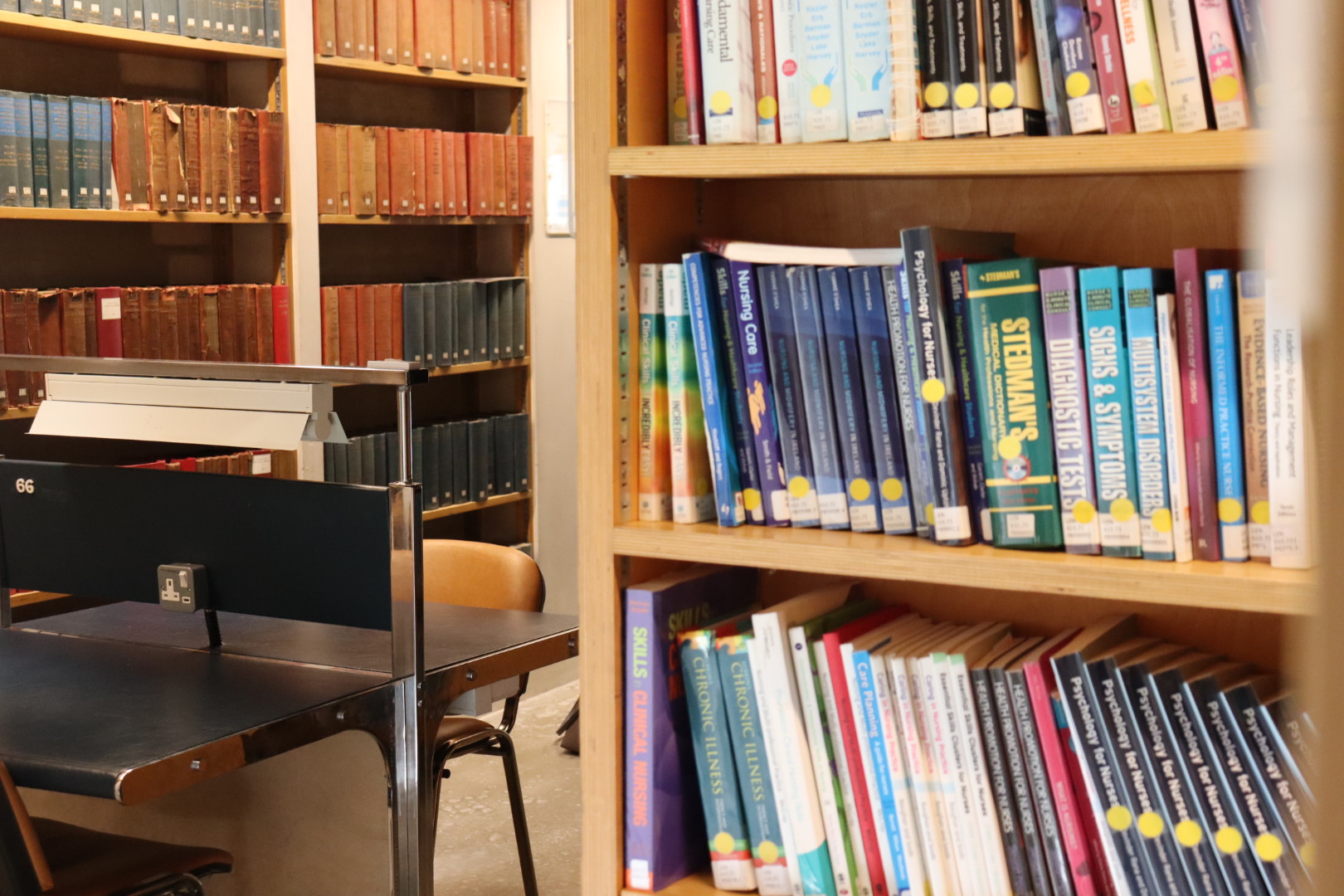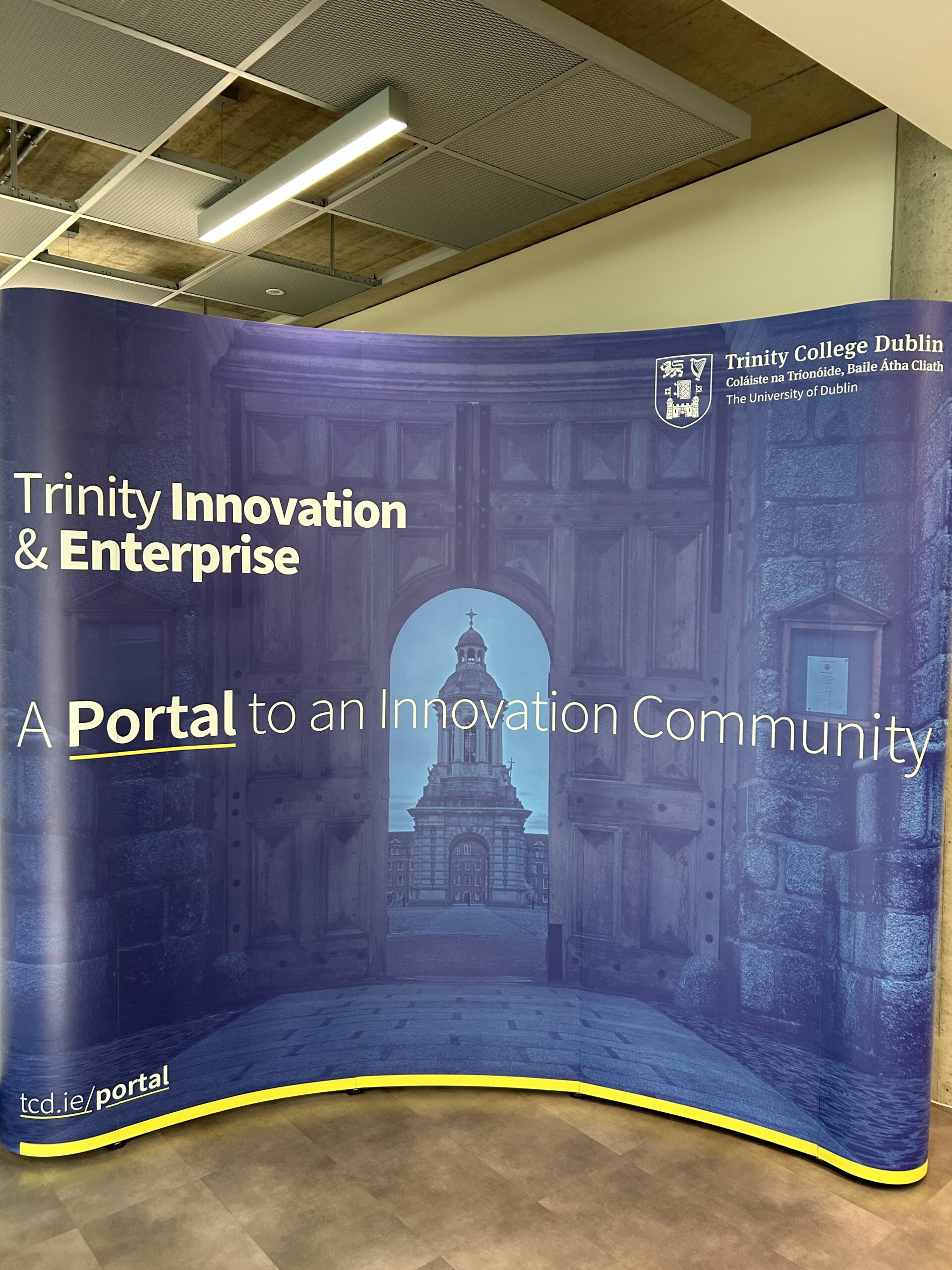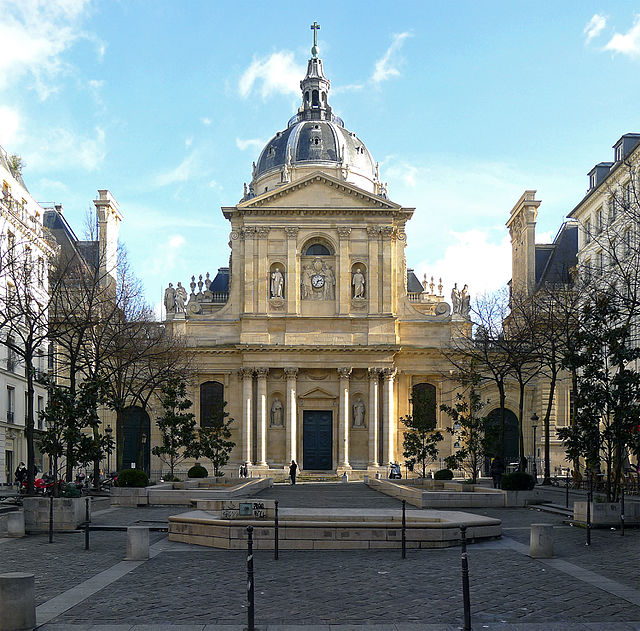
No one could have predicted that, almost 18 months following its initial closure, Dublin’s arts and culture sector would still be feeling the effects of debilitating coronavirus restrictions.
It has been an immensely tumultuous period, with Dublin’s cultural institutions suffering unprecedented trauma. However, a recent cabinet announcement detailing the re-opening of all sectors by late October provides a new wave of hope for a precinct that has demonstrated incredible courage, strength and tenacity in the face of sheer upheaval.
The University Times recently spoke to some of those in the sector whose professions and livelihoods have been directly impacted, as they reflect and look towards a better future. Frances Wilde, the press manager for the Irish Film Institute (IFI), acknowledges that “it has been a difficult time of uncertainty across the last 17 months. A long period of closure followed by quite restrictive capacity caps has been challenging to our staff, our cinema and our audiences”.
Like many Dublin venues, Wilde acknowledges that the habitually short notice provided by the Irish government in regards to regulation changes was one of the hardest aspects of pandemic. “Our most challenging period was ahead of the IFI documentary festival in 2020, which faced a move from a hybrid festival to an online-only festival with only three days’ [notice] due to a level-five lockdown notice in September 2020”, she recalls.
Incidents like this became the frustrating norm for arts and culture venues and companies attempting to keep afloat during the pandemic. Movement artist Douglas Reddan also voices his frustration at the government’s conflicting advice over the past year and a half: “I think the big kick in the teeth is the inconsistency in regards to the government’s treatment of the GAA and those big organisations. That’s where it hurts the most because it’s like: ‘Oh, we were wondering if you had forgotten about us?’ And then we found out that you did forget about us.”
For Reddan and many similar artists courageously attempting to persevere with their craft, the pandemic presented countless hurdles. Discussing his work as a choreographer and dance teacher, he details specific struggles around the sudden lack of interaction with audiences and colleagues: “I was dancing to a camera and then I was watching it back delayed and trying to give feedback, and I just felt like: I don’t know how to do this.” He concludes by saying, “There was a lot of this ‘new normal’ word going around and I was like: if this is normal, then I don’t really want to do this”.
Reflecting on the recent announcement, member of the steering committee for the National Campaign for the Arts (NCFA) and Artistic Director of Project Arts Centre Cian O’Brien believes that it is “great that we have dates, but we need clarity about the criteria”. Attempting to discern exactly what the guidelines mean has caused a “mix of positivity and confusion” among artists and venues, he says, adding that given how recently this information was disseminated, his own venue “[does] not have a fixed layout”. However, “our top priority is that our audiences are feeling safe and happy”, he affirms.
O’Brien’s positivity, despite the setbacks his venue has suffered, is indicative of the resilience of the entire sector. The passion and desire to restore the arts to its pre-pandemic glory is unmistakeable, and Reddan looks to the future with hope: “I think there’s something so unbelievably wonderful about being back in a space with people”, he says in reference to a recent movement session. “It was the energy. It was just precious – and everyone felt it.”
Wilde also maintains a positive outlook. “Although our capacity is capped at 50 attendees on-screen, and even further reduced in our smaller screens, audience appetite is strong”, she says. “Irish audiences love the cinema and this period of re-opening particularly has shown a desire to get back to the immersive experience of film.”
O’Brien emphasises that moving forward, there are many actions that can be taken to assist the arts and culture sector in its recuperation phase. “A collective effort” is needed, he argues, noting the success of the grassroots movements that helped raise awareness of the plight of the arts in the lead-up to the announcement of the roadmap for arts and culture venues. “Local efforts make a difference too, like speaking to local TDs and getting EWSS [Employment Wage Subsidy Scheme] to those artists in need so that they can continue to work.”
As Ireland enters the “recovery phase” and the sector begins to recover, Dublin can acknowledge all that it temporarily lost with a fresh sense of appreciation. The tenacity shown by these inspiring souls is indicative of an entire sector that has, despite copious setbacks, maintained its unbreakable spirit.
Ailbhe Noonan and Emer Tyrrell also contributed reporting to this piece.






